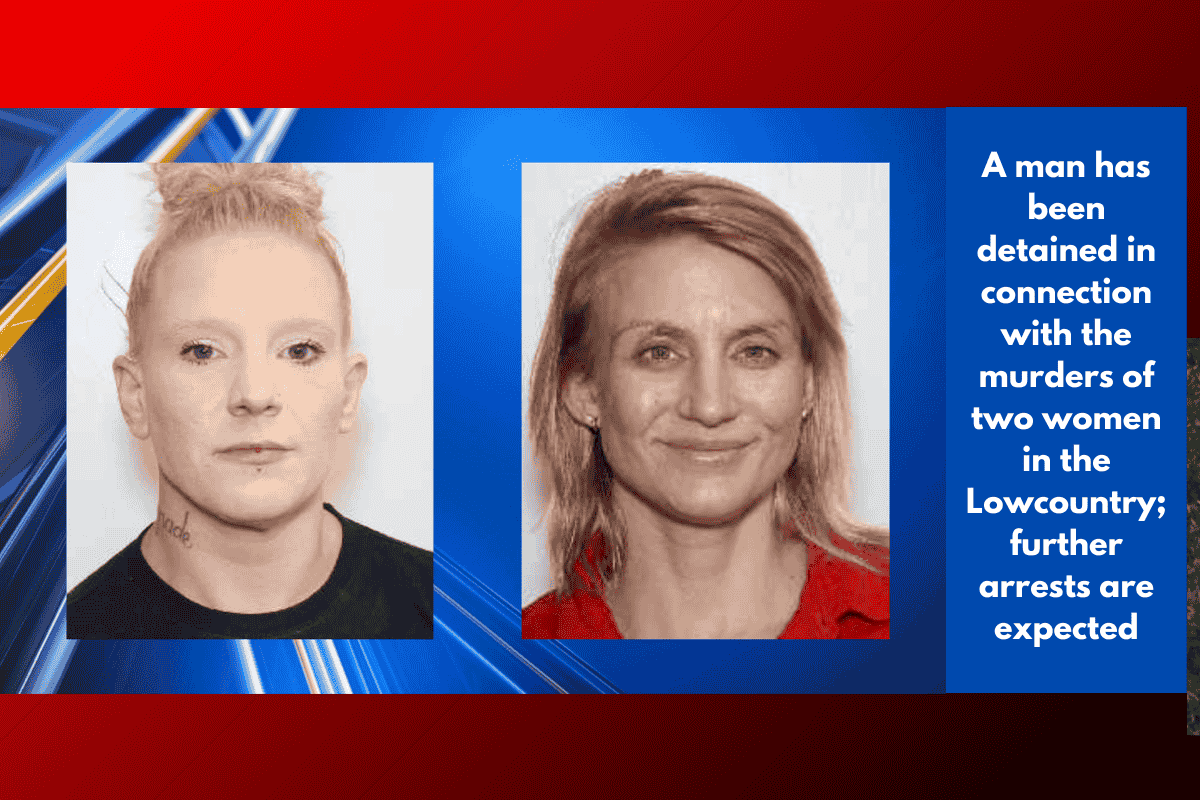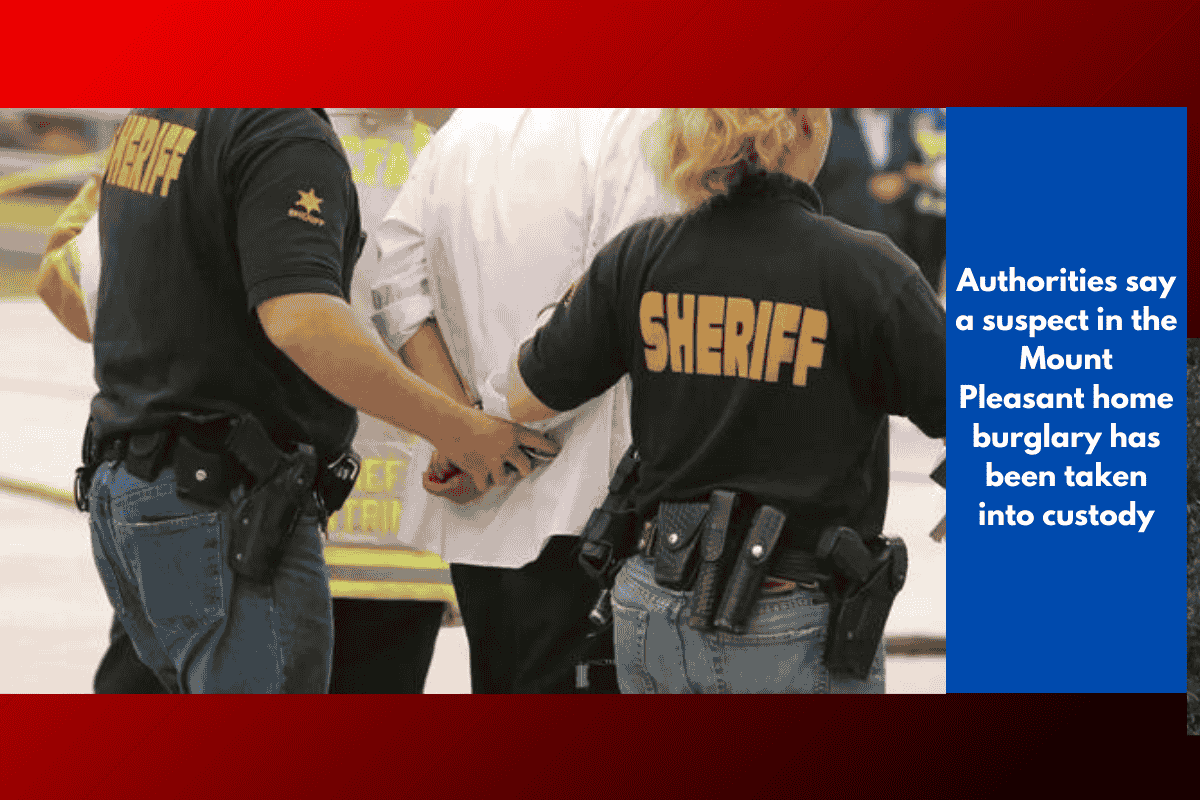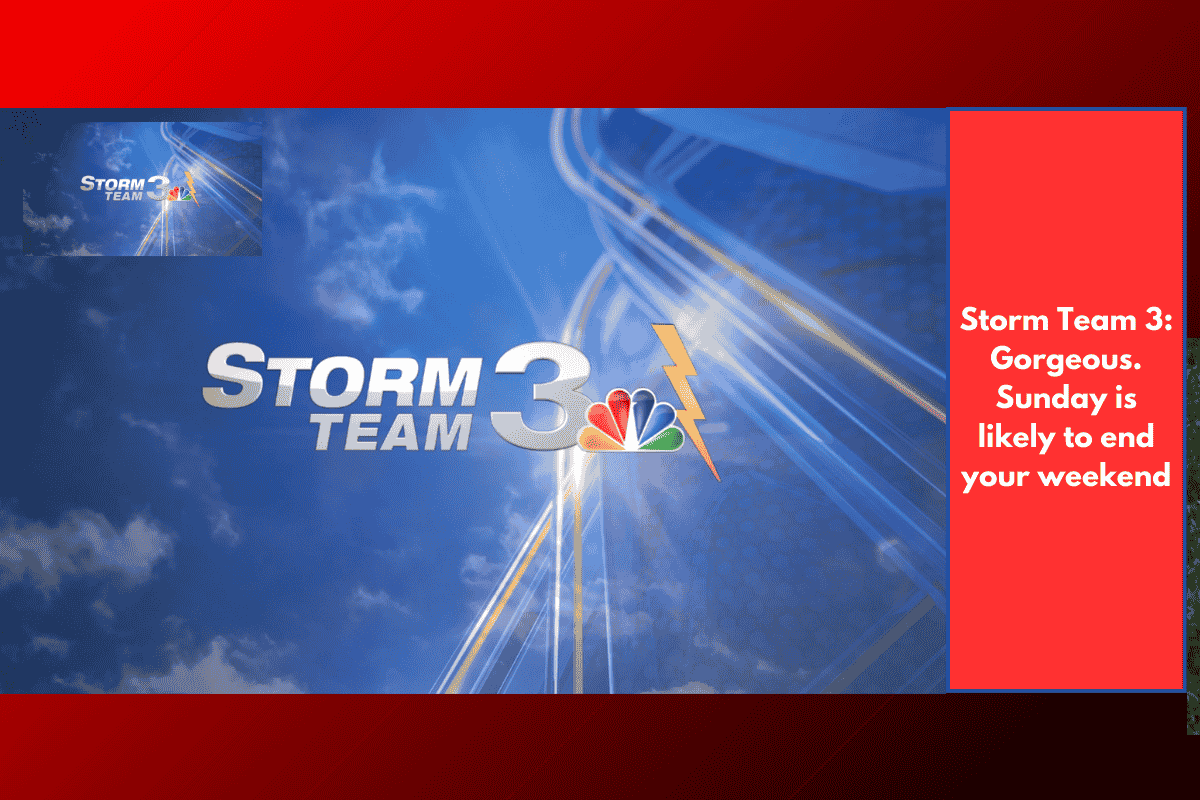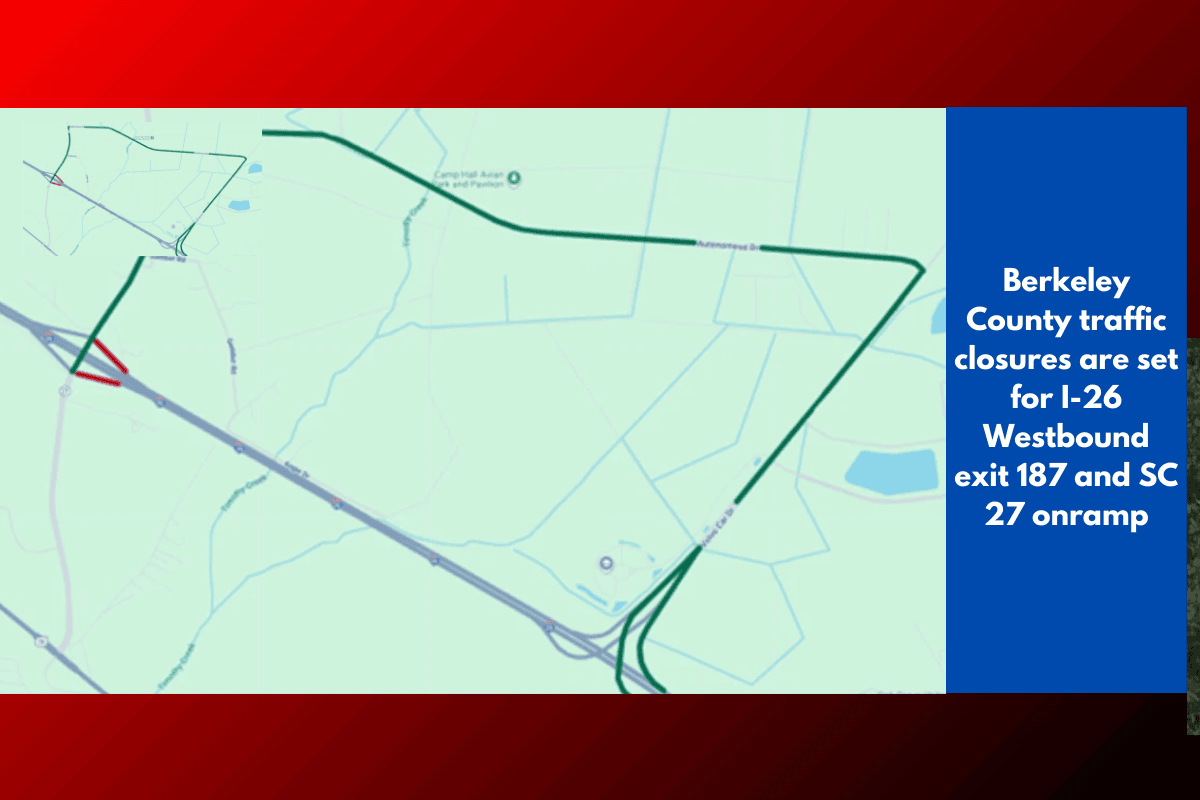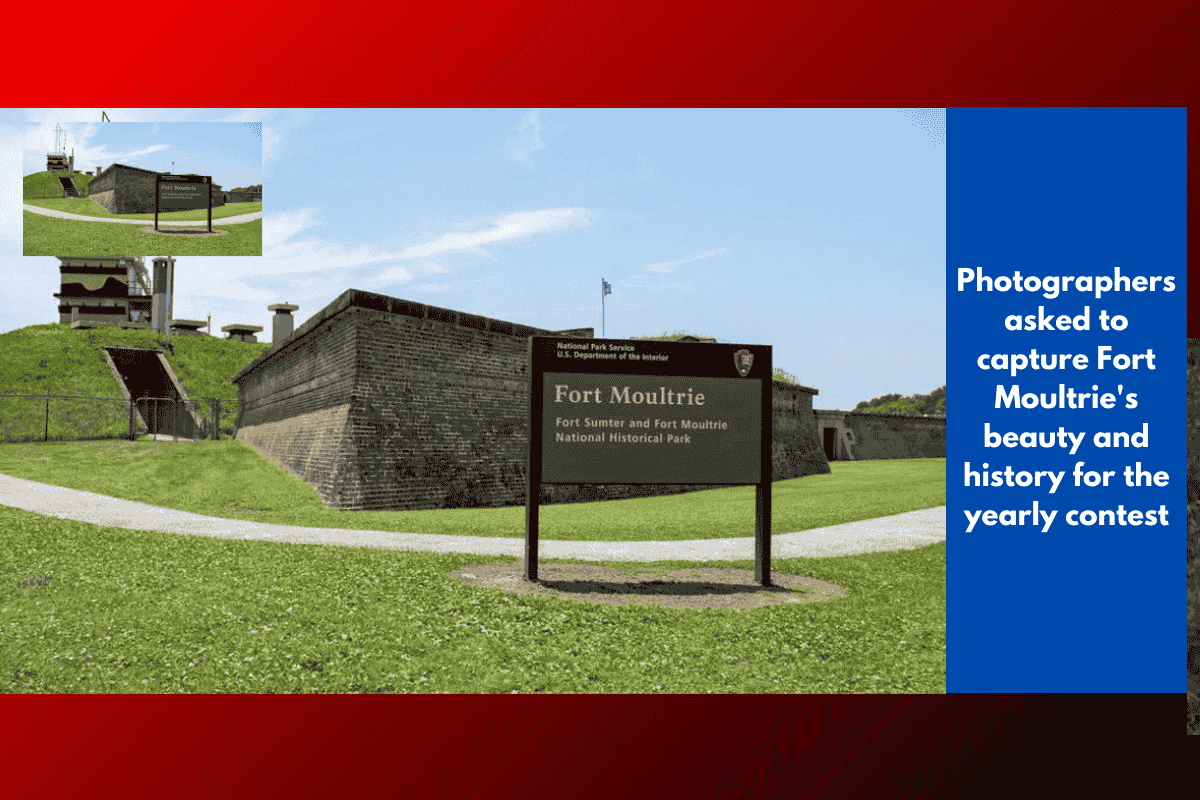On a quiet spring morning in Charleston, the city’s historic estates seem like something out of a Southern romance novel. Antebellum mansions adorned with cascades of violet wisteria, sweet-smelling blooms, and picturesque wrought-iron gates paint a serene picture. The air is fragrant with the scent of flowers, and tourists pause to capture the beauty with their cameras.
However, step just outside the manicured property line, and the story takes a darker turn. Wisteria, once a beloved ornamental plant, has become a powerful, invasive force in the Lowcountry’s forests. The very same flowers that charm tourists are now wreaking havoc on the region’s delicate ecosystems.
How Wisteria Became a “Green Noose” for the Lowcountry
Originally introduced in the 1800s, Chinese and Japanese wisteria were imported to Charleston as garden showpieces, admired for their dramatic flowers and intoxicating fragrance. But while these vines were once welcomed in Southern gardens, they have since become ruthless invaders in the wild.
Outside the confines of gardens, wisteria wraps tightly around tree trunks, cutting off nutrients and often toppling entire trees under the weight of its vines. A 2023 study confirmed that nearly 97% of wisteria in South Carolina is invasive, primarily hybrids of Chinese and Japanese species—not the gentler, native American wisteria.
Worst-Case Scenario for Charleston’s Landscape
If wisteria continues to spread unchecked, Charleston could face significant environmental consequences:
Choked Forests: Trees like oaks, pines, and magnolias could be suffocated by the dense vines, collapsing under their weight.
Biodiversity Loss: As wisteria spreads, native wildflowers, bees, and songbirds are pushed out by the dense mats of vines.
Highway Infestations: Roadsides could be overtaken by wisteria, with vibrant purple blooms masking the death of the trees beneath.
Fire Risk: Wisteria’s dense growth and the dry timber it creates could pose a serious fire risk, particularly near suburban neighborhoods.
What appears to be charming Southern foliage could ultimately erase much of the native Lowcountry landscape.
How Homeowners Contribute to the Problem
In Charleston, it’s not uncommon for homeowners to purchase wisteria from local garden centers or inherit it from previous owners. The problem lies in the difficulty of distinguishing invasive wisteria from the native American variety, Wisteria frutescens, which is far less aggressive.
Even when invasive wisteria is cut back, its roots remain underground, sending out new sprouts. The seeds from the plants often travel through waterways, spreading into parks, forests, and other natural spaces. According to Clemson Extension, “once established, invasive wisteria is nearly impossible to eradicate.”
Taking Action Against Invasive Wisteria
To help protect the Lowcountry’s ecosystems, residents can take several steps:
Plant Natives: Opt for native wisteria (Wisteria frutescens) or alternatives like trumpet honeysuckle.
Remove Carefully: If you have invasive wisteria, cut it back at the base, dig up the roots, and keep an eye out for regrowth.
Report Infestations: Residents of Charleston County should report wisteria infestations to the South Carolina Forestry Commission for proper guidance and support.
The Bitter Irony of Wisteria’s Beauty
Visitors to Charleston are drawn to the captivating beauty of wisteria hanging from historic homes. Yet, beyond the city’s charming facades, these very vines are silently transforming the landscape—beautiful on the surface but destructive underneath. The “purple veil” that so many adore has become Charleston’s purple curse, a reminder that beauty, when unchecked, can be a dangerous force.





